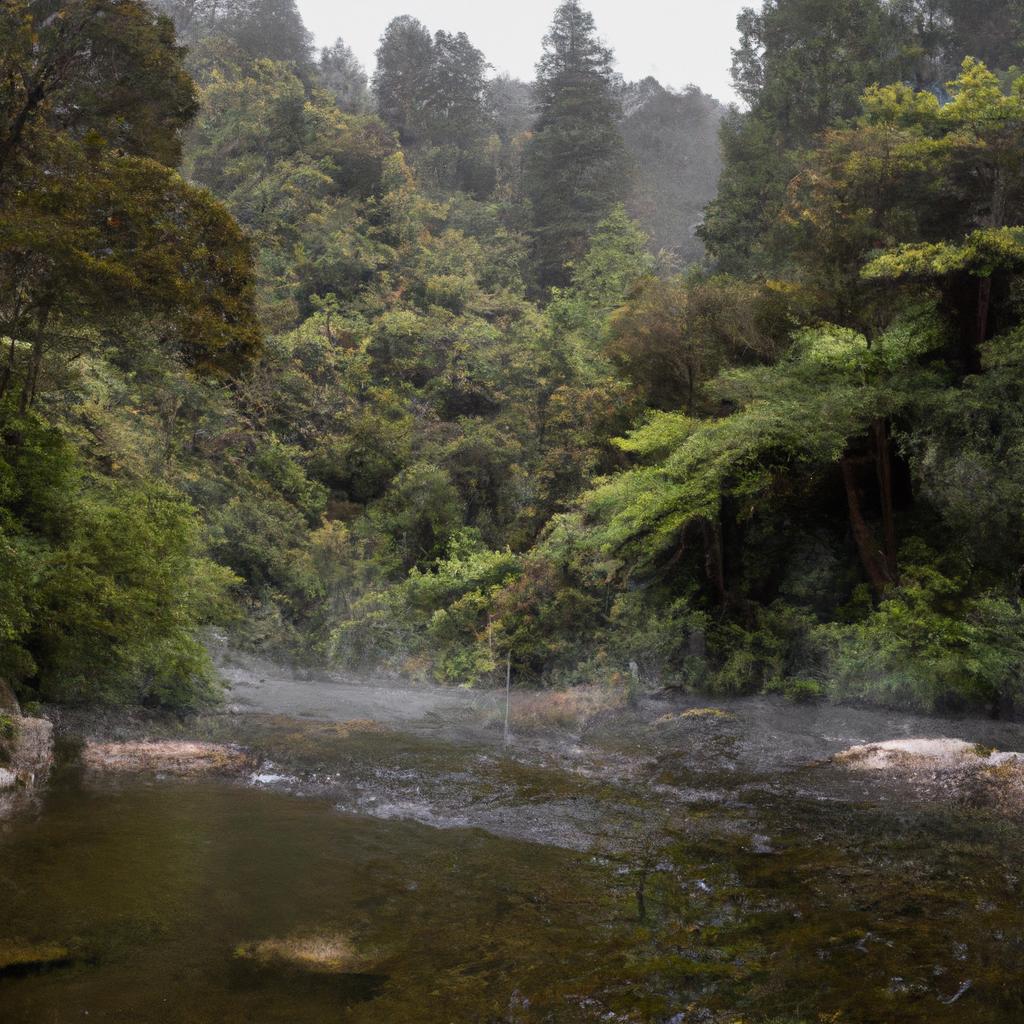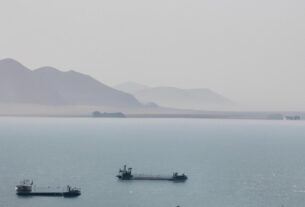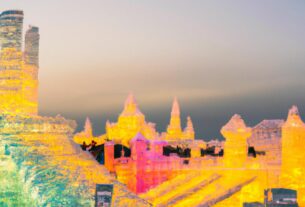If you’re a nature lover, you’re in for a treat! Today, we’re delving into the wonders of hot water rivers, a fascinating natural phenomenon found across the globe. Join us on this adventurous journey as we uncover the secrets of these unique marvels. In this article, we will explore the geographical locations where hot water rivers can be found, how they are formed, their benefits and uses, and the environmental impact they have.
Geographical Locations of Hot Water Rivers
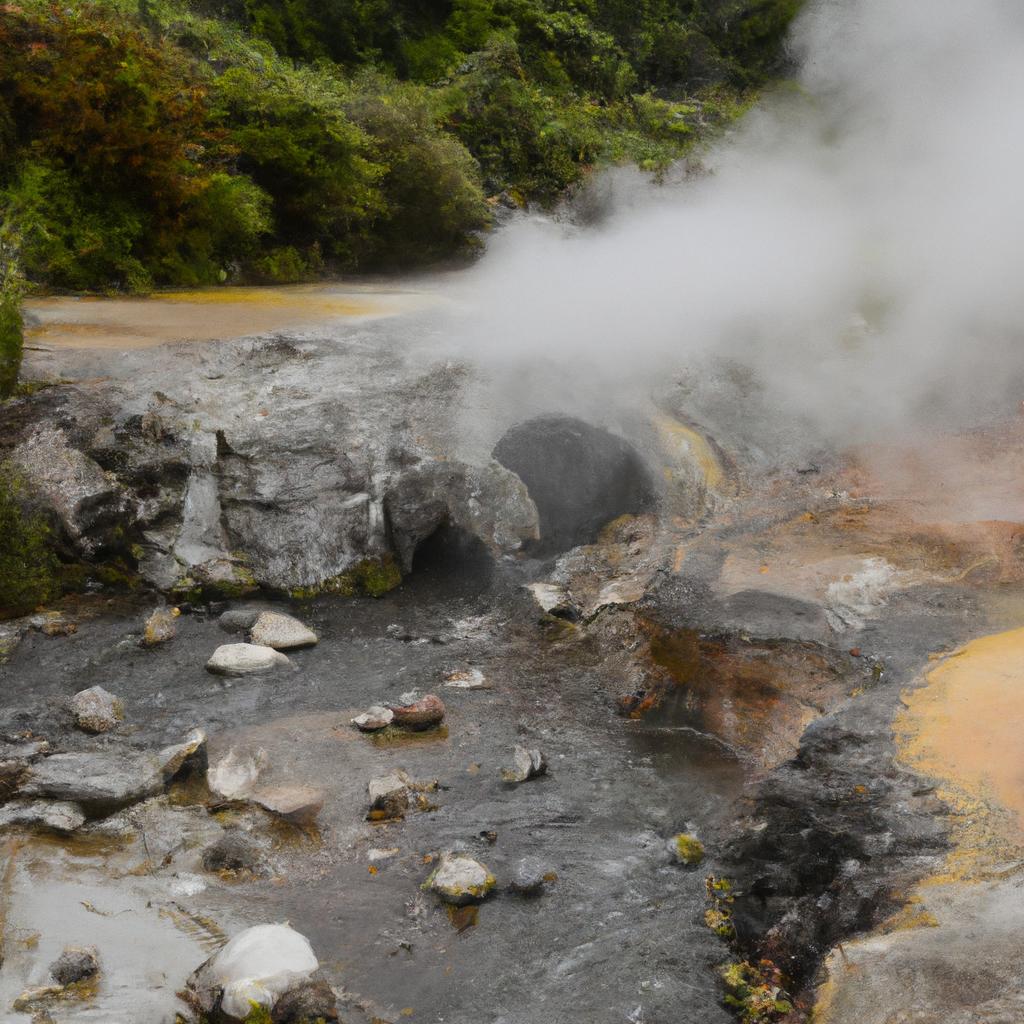
Hot water rivers grace various corners of the world, captivating visitors with their beauty and therapeutic properties. Iceland, known for its stunning landscapes, is home to some of the most renowned hot water rivers. The Reykjadalur River, also known as the “smoky valley river,” meanders through a picturesque valley in the southwest of Iceland, showcasing the country’s geothermal activity.
Japan, with its rich cultural heritage, cherishes hot water rivers, which they fondly call onsen. Nestled within Kumamoto Prefecture, the Kurokawa Onsen boasts several hot water rivers, allowing visitors to indulge in relaxation and rejuvenation amidst a serene forest backdrop.
The United States also boasts its fair share of hot water rivers. States like Colorado, Idaho, and California embrace these natural wonders. The Colorado River, famous for its hot springs, gracefully flows through the majestic Grand Canyon, offering an unforgettable experience for eager explorers.
Hot water rivers owe their existence to a captivating geological process. It begins with groundwater seeping into the earth’s crust and being heated by the mantle. This heated water then rises to the surface, giving birth to hot springs, geysers, and eventually, hot water rivers. These geological formations thrive in areas with high geothermal activity, such as volcanic regions or zones with tectonic plates. The underground journey of hot water molds a unique environment that fosters the growth of exceptional flora and fauna.
Moreover, hot water rivers are often accompanied by incredible geological features, including hot springs, geysers, and mud pots. These awe-inspiring sights are born from the same geological processes that form hot water rivers, leaving visitors spellbound.
Formation of Hot Water Rivers
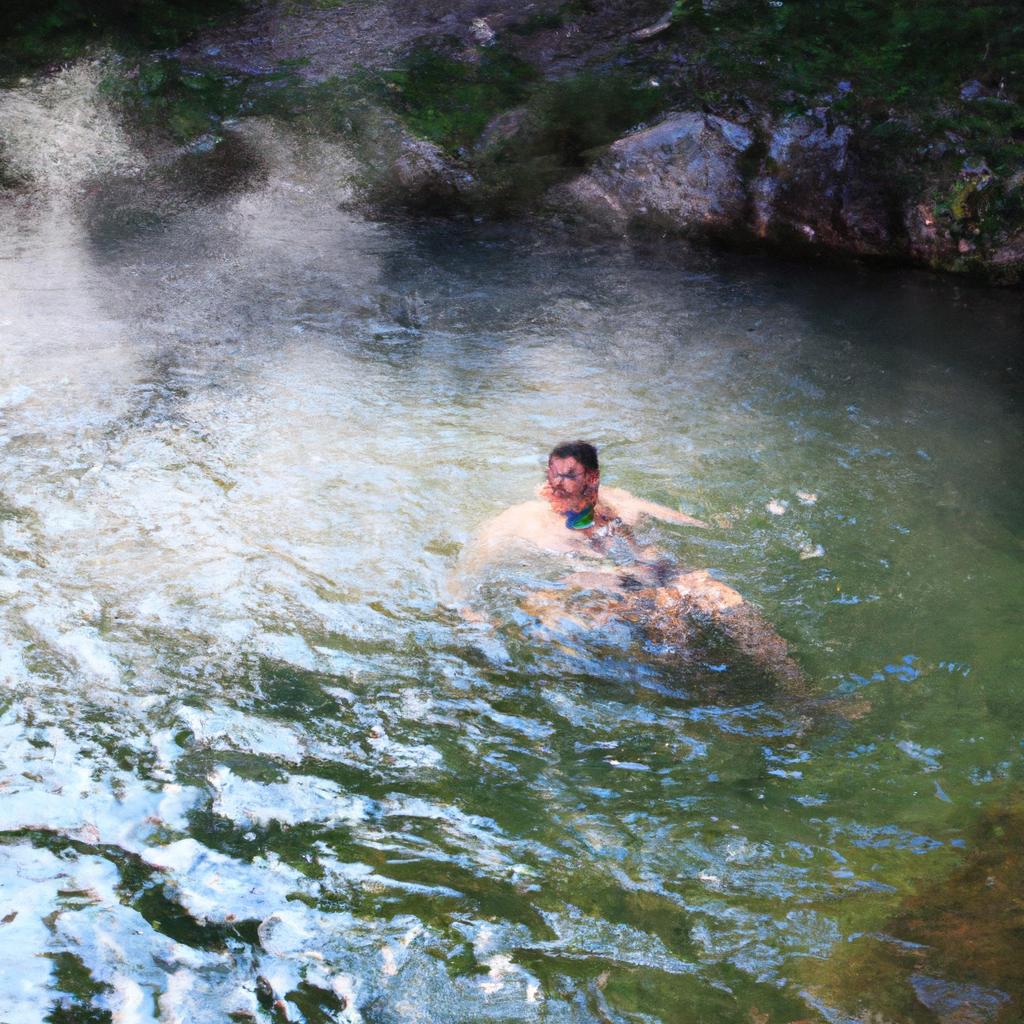
The formation of hot water rivers is a captivating natural dance that sets the stage for an incredible array of life. As groundwater seeps into the earth’s crust, it encounters the earth’s mantle, which eagerly heats it. This process creates a hot water reservoir beneath the surface.
The heated water surges towards the surface, giving birth to hot springs, geysers, and hot water rivers. This movement of hot water creates an environment where unique flora and fauna thrive. The temperature of the water in these rivers can reach a scorching 200°F (93°C), providing a haven for microorganisms that thrive in such intense heat.
One stunning example of a hot water river and its formation lies within Yellowstone National Park. The Yellowstone River, formed by the underground journey of hot water, showcases an intricate network of hot springs, geysers, and mud pots. The area’s high concentration of geothermal activity nurtures the growth of thermophilic bacteria, painting the river with vibrant hues.
Benefits and Uses of Hot Water Rivers
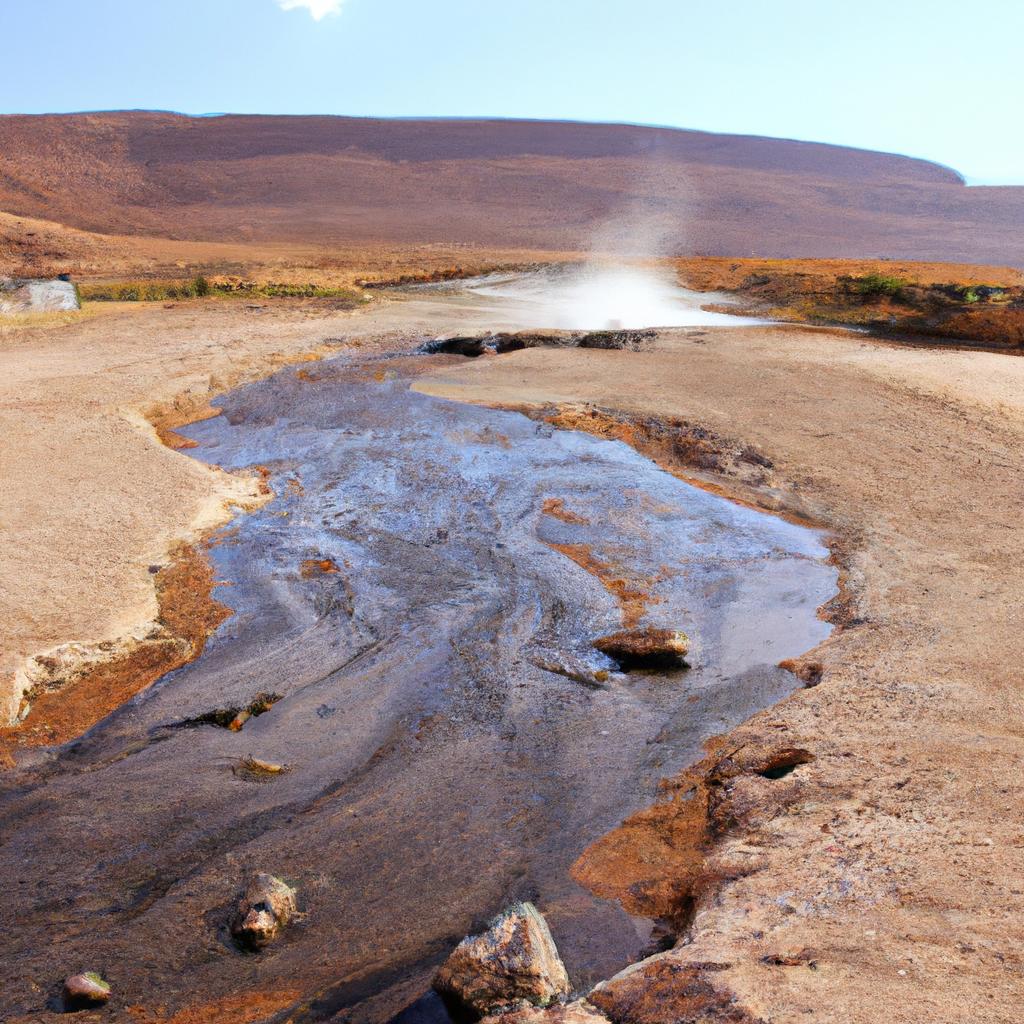
Hot water rivers offer remarkable benefits for human and animal health. The high temperatures of these rivers bring relief to tired muscles, enhance blood circulation, and alleviate stress. The water in hot water rivers contains minerals like sulfur, calcium, and magnesium, which provide therapeutic benefits for the skin, benefiting those with conditions like eczema and psoriasis.
Moreover, hot water rivers offer endless recreational possibilities. Whether it’s swimming, hiking, or camping, these natural wonders provide exhilarating experiences amidst breathtaking landscapes. Additionally, hot water rivers are utilized for therapeutic purposes such as hydrotherapy and balneotherapy, which harness the healing potential of water.
In conclusion, hot water rivers are an extraordinary natural phenomenon that creates a nurturing environment for flora and fauna. They offer numerous benefits for human health and serve as recreational and therapeutic havens. If you’re a nature enthusiast, a visit to a hot water river promises an unforgettable experience you won’t want to miss.
Environmental Impact of Hot Water Rivers
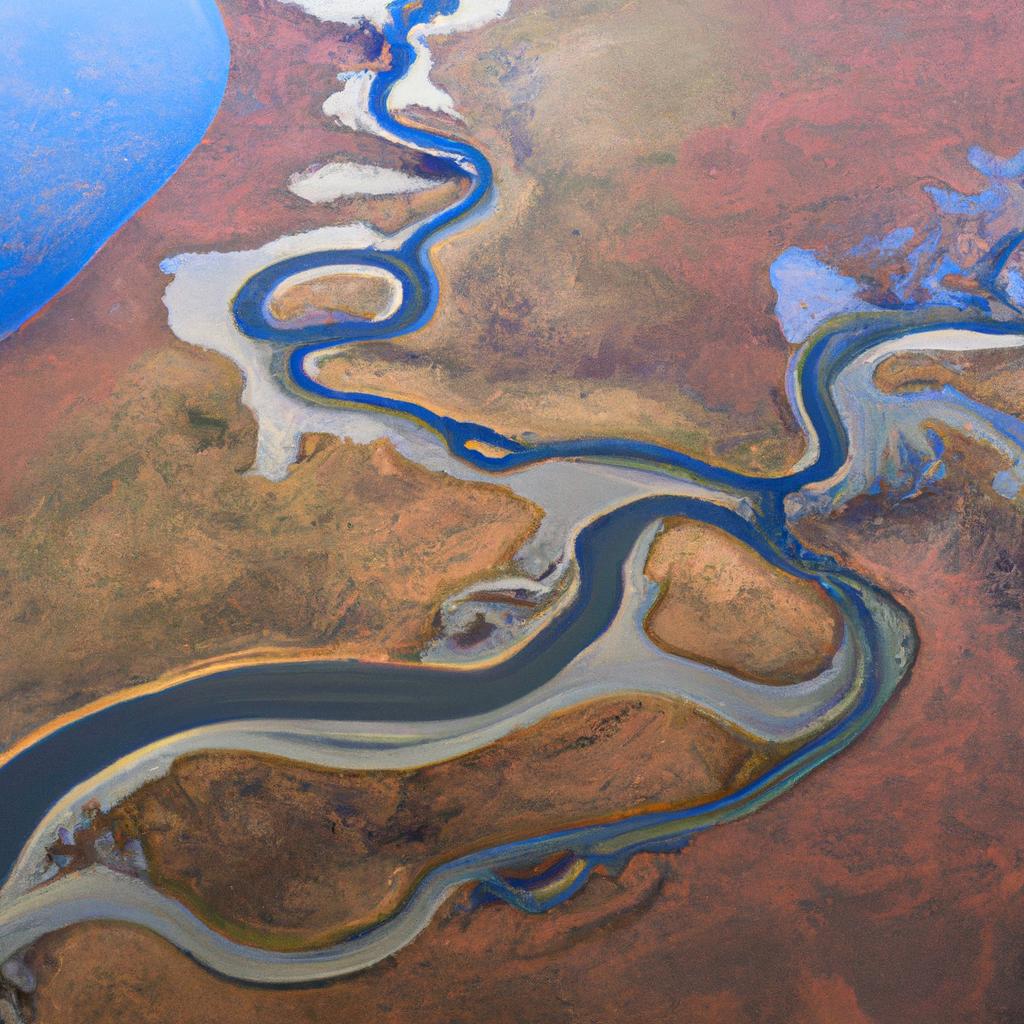
While hot water rivers contribute to the natural ecosystem, it is essential to address their environmental impact. One significant concern is the potential for water pollution. Surrounding geothermal activity can release harmful chemicals and minerals into hot water rivers, posing risks to aquatic life and water quality.
Soil erosion is another consequence associated with hot water rivers. The high temperatures and fast-flowing water can lead to the erosion of fertile land, damaging the ecosystem. Eroded sediment may also find its way into nearby rivers and lakes, further affecting aquatic life and water quality.
Efforts to protect and preserve hot water rivers are vital in minimizing their environmental impact. Governments and communities worldwide have implemented measures such as regulating access, monitoring water quality, and establishing protected areas. Responsible tourism practices also play a crucial role, encouraging visitors to refrain from littering and avoiding the use of soaps or shampoos in hot water rivers.
Conclusion
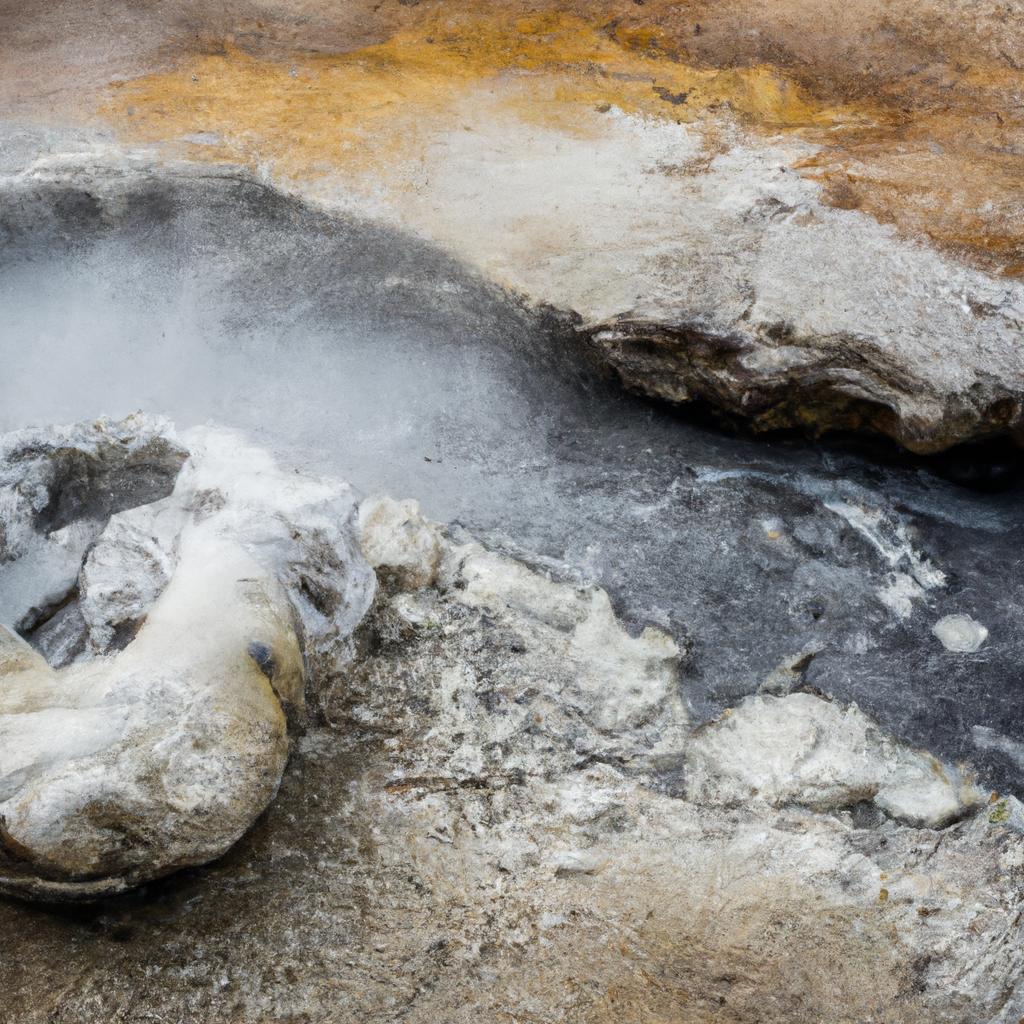
Hot water rivers are extraordinary gifts from Mother Nature, offering unique experiences and benefits. As nature lovers and responsible citizens, it is our duty to protect and preserve these natural wonders for future generations. By promoting responsible tourism practices and actively participating in conservation efforts, we can ensure the longevity of hot water rivers and maintain a healthy environment.
Join TooLacks in safeguarding these precious resources to continue experiencing the wonders of hot water rivers and other natural gems. Learn more about TooLacks by visiting TooLacks. Let’s embark on this journey together and preserve the beauty that surrounds us.
